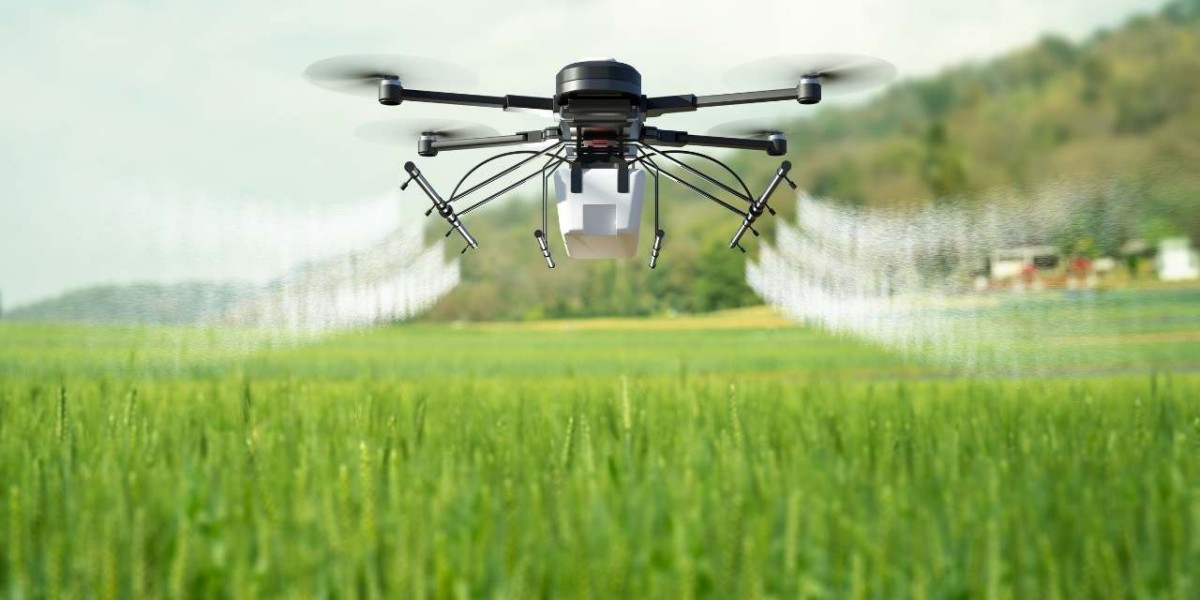Among these innovations, the adoption of drone technology stands out as a game-changer, empowering farmers to revolutionize their farming practices. From initial skepticism to embracing drones as essential tools, this journey has been marked by challenges, perseverance, and ultimately, unprecedented success stories.
Initial Hesitations:
When drone technology first emerged in the agricultural sector, Indian farmers approached it with skepticism and hesitation. Traditional farming methods had been ingrained in their practices for generations, and the idea of incorporating drones seemed daunting and unfamiliar. Concerns regarding affordability, usability, and regulatory hurdles further contributed to the initial reluctance among farmers.
Overcoming Challenges:
Despite the initial hesitations, a gradual shift began as farmers recognized the potential benefits of drone technology in optimizing agricultural operations. Organizations, government initiatives, and tech startups played a crucial role in providing training, awareness, and support to farmers. Through workshops, demonstrations, and pilot projects, farmers gained insights into the various applications of drones in agriculture, such as crop monitoring, pest management, irrigation planning, and yield estimation.
Moreover, advancements in drone technology addressed many of the initial concerns raised by farmers. Affordable drone models specifically designed for agricultural purposes became available in the market, equipped with user-friendly interfaces and automated features. Additionally, regulatory frameworks were established to ensure safe and legal drone operations in agriculture, further encouraging adoption.
Success Stories:
The journey of Indian farmers embracing drone technology is illuminated by numerous success stories that showcase the transformative impact of this innovation. One such example is the story of Ram Singh, a smallholder farmer from Punjab. Initially hesitant about drones, Ram Singh attended a workshop organized by a local agricultural extension service where he learned about the benefits of using drones for crop monitoring.
After acquiring a drone and receiving training, Ram Singh began using it to monitor his wheat fields. By capturing high-resolution images and multispectral data, he could identify areas of nutrient deficiency and pest infestation early on, allowing for targeted interventions. As a result, Ram Singh saw a significant improvement in crop yield and quality, leading to higher profits and reduced resource usage.
Quantifiable Results:
The success stories of farmers like Ram Singh are backed by quantifiable results that demonstrate the tangible benefits of drone technology in agriculture. Studies have shown that drone-enabled precision farming practices can increase crop yields by up to 25% while reducing water usage and pesticide application by 30% and 35%, respectively. These efficiency gains translate into higher profits for farmers and contribute to sustainable agricultural practices.
Furthermore, the adoption of drones has enabled farmers to make data-driven decisions, leading to more precise resource allocation and risk management. Real-time monitoring and analysis of crop health, soil moisture levels, and weather patterns empower farmers to proactively address challenges and optimize their farming operations for maximum productivity and profitability.
Conclusion:
The journey of Indian farmers embracing drone technology exemplifies the transformative potential of innovation in agriculture. From overcoming initial hesitations to embracing drones as essential tools, this journey underscores the resilience and adaptability of Indian farmers in the face of technological change. With continued support, investment, and collaboration, the integration of drone technology holds the promise of further revolutionizing Indian agriculture, paving the way for a more sustainable and prosperous future.


